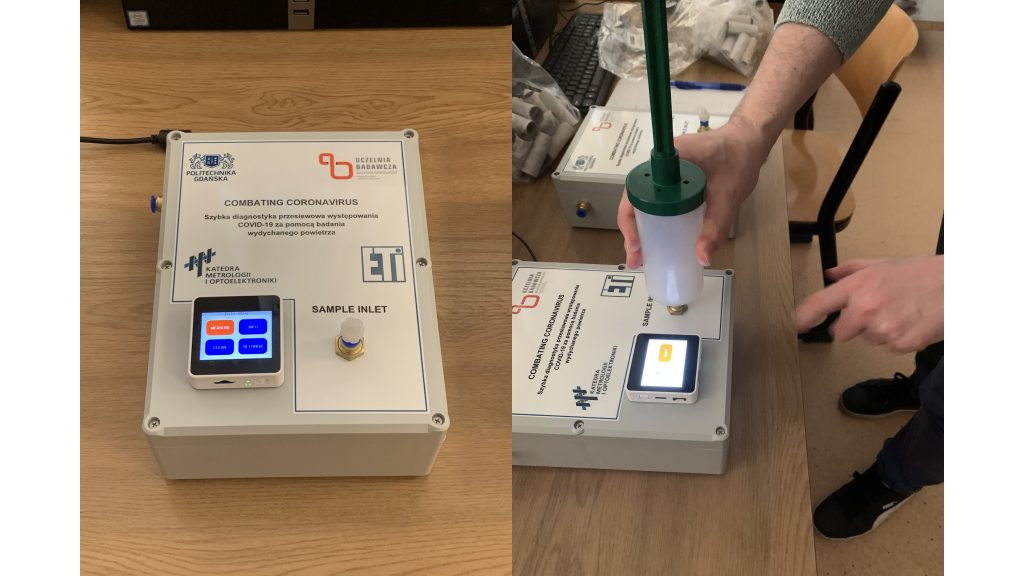From the Journal: Review of Scientific Instruments
WASHINGTON, July 6, 2021 — Emitted as gases from certain solids or liquids, volatile organic compounds (VOCs) include a variety of chemicals. Many of these chemicals are associated with a range of adverse human health effects, from eye, nose, and throat irritation, to liver, kidney, and central nervous system damage.
The ability to detect VOCs in air samples simply, quickly, and reliably is valuable for several practical applications, from determining indoor air quality to screening patients for illnesses.

In Review of Scientific Instruments, by AIP Publishing, researchers at Gdańsk University of Technology, in Poland, describe a measurement device designed to analyze air samples containing various VOCs.
The setup “utilizes commercial and prototype resistive gas sensors of low-energy consumption to detect volatile organic compounds, such as methane, ethanol, toluene, methylene, nitrogen dioxide, formaldehyde, ammonia, among others, in air samples,” said researcher Andrzej Kwiatkowski. “The sensors change their resistance in the presence of VOCs, which exist in the environment and exhaled breath.”
After environmental conditions like humidity, temperature, and air pressure are monitored, the device inhales an air sample, either from the atmosphere or from a breath sample, enabling the sensors within its 220-milliliter aluminum gas chamber to analyze and respond to detection of VOCs in real situations.
Consisting of the gas chamber, a set of electrical valves, and an electrical micropump, the device is controlled by a touch-screen electronic module that can process and save data. Sensor responses are recorded and can be parametrized for further data processing using various detection algorithms.
In practical applications, the instrument can detect and measure the presence of VOCs within the span of 10 minutes.
“The setup is a low-cost device of simplified maintenance and service,” said Janusz Smulko, one of the co-authors. “Additional environmental sensors boost the accuracy of gas sensing by correcting effects induced by temperature and humidity changes. The device can monitor the air quality collected in a human environment, such as in an office or warehouse, to detect molds or bacteria by emitted smells.
“In medical applications, doctors can investigate the exhaled breath of patients by this noninvasive method to signal the need for a more detailed checkup.”
The researchers are currently applying it in hospital studies to determine the difference in the exhaled breath between healthy volunteers and patients infected by the COVID-19 virus.
###
For more information:
Larry Frum
media@aip.org
301-209-3090
Article Title
Embedded gas sensing set-up for air samples analysis
Authors
Andrzej Kwiatkowski, Katarzyna Drozdowska, and Janusz Marek Smulko
Author Affiliations
Gdańsk University of Technology
